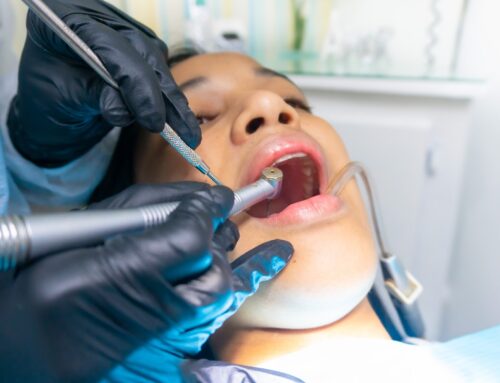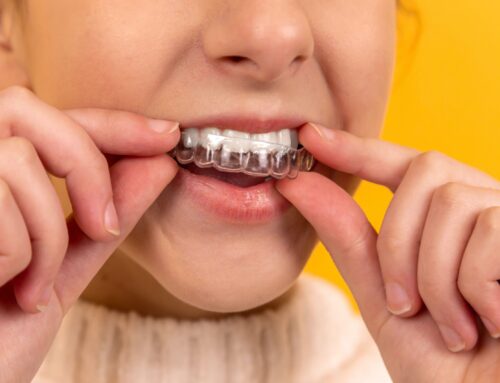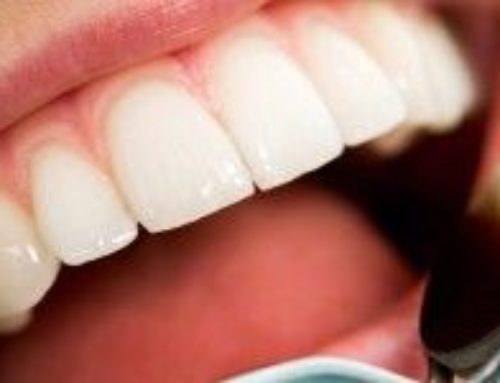You’re sat in the dentist chair, waiting patiently to hear your fate, and then in walks the dentist. They give the nurse a smile and say a quick hello to you. You lay back, open your mouth and then you hear it… another language, a load of jumbled up letters and numbers with no relevance to anything or anyone. What is this language they are speaking? Did you miss this lesson in school? Not to fear! We’re busting the dentist jargon to help you understand what you dentist is talking about.
I once had a patient ask me how we knew he was in the army? I asked him, ‘what makes you think we know you were in the army?’ He replied, ‘because you are always saying MOD when you look at my teeth!’ Dentist jargon can be confusing, but it’s simpler than you might think!
Dentist Jargon
In dentistry, teeth are numbered 1 to 8 for adult teeth and A to E for baby teeth. Your mouth is then split into 4 quadrants upper right, upper left, lower left and lower right and each tooth is then split into sections as follows:
- M – Mesial – the front edge of the tooth
- D – Distal – the back edge of the tooth
- B – Buccal – the outer edge of the tooth (nearest to the cheek)
- P or L – Palatal or Lingual – the inside edge of the tooth (nearest to the tongue)
- O – Occlusal – the biting surface of the tooth of the molar and pre molar teeth
- I – Incisal – the biting edge of the Incisal and Canine teeth
So when you hear the dentist say UL6 MOD composite, this means you have a tooth coloured filling in your upper left 1st molar tooth that covers the mesial, occlusal and distal tooth surface (basically straight through the middle of the tooth). Don’t worry if you took a while to work that out; it takes a lot of practice to get to grips with the dental jargon – dentists have to train for years!
Hygienist Jargon
OK. You’ve made it through the examination without too much hassle, it’s over to the hygienist for your spring clean. This is a whole new kettle of fish when it comes to what is going on.
Dental Hygienist’s look after the health of your teeth and, more importantly, your gums. Hygienists use the same quadrant sections as the dentists do, but they also record information from under the gum margins by using numbers 0-4. Using a dental probe they measure how far down the probe will go under your gum and record this with a number. Each number has related information linked to it as follows:
- Code 0 – Healthy gums, no bleeding when probed, no calculus or gingival pockets under 3.5mm
- Code 1 – Slight bleeding when probed, no calculus or gingival pockets under 3.5mm
- Code 2 – Slight bleeding when probed, Calculus or Plaque present and gingival pockets under 3.5mm
- Code 3 – Calculus and Plaque present under the gum margin and gingival pockets between 3.5 – 5.5mm
- Code 4 – Calculus and Plaque present under the gum margin and gingival pockets over 5.5mm
These codes help the Hygienist diagnose gum disease and help to determine what stage the disease has progressed to and how best to treat it.
Other Useful Tips
Some other useful dental terminology is:
- Gingival – Gums
- Bite Wings – small x-rays that show the dentist between several of your teeth
- PA – small x-rays that focus on one or two teeth in particular
- OPG – Large full head x-ray that shows your bone levels and the pathology of your mouth
- Plaque – Plaque is a sticky, colourless film of bacteria that constantly forms on our teeth and along the gum line.
- Calculus – If plaque is not removed by proper brushing and flossing, it can harden over a few days, and turns into calculus, which attaches to the enamel on your teeth, as well as below the gum line. It’s a little like the scale inside your kettle, and this causes gum disease.
- Composite – White tooth coloured filling material
- Amalgam – Silver filling material
- Gingivitis – Early gum disease
- Periodontitis – advanced gum disease
Why all the Jargon?
All dental abbreviations are shorthand for long-winded clinic words, which would take forever to say and even longer to spell! Your dental appointment would take a lot longer without all the jargon. Hopefully, however, this quick guide has helped you feel more comfortable and to understand what’s going on a little better.
We would love to hear your thoughts on dental jargon. Let us know in the comments!
Are you looking for friendly and caring dentists? Get in touch with Churchfield Dental Centre today.







Nice one Suzi think that all the above have been quoted plus some that aren’t on the list, but it turned out alright in the end?
Thank you Glenda, I thought it was about time people knew what David and Caroline were talking about !!!